Rock Cycle
What is the Rock Cycle
The rock cycle is the process that describes the gradual transformation between the three main types of rocks: sedimentary, metamorphic, and igneous. It is occurring continuously in nature through geologic time.
What Causes the Rock Cycle
It occurs due to:
- Plate tectonic activity
- Weathering
- Erosional processes
Steps of the Rock Cycle: How does it Work
1) Formation of Igneous Rock – Melting, Cooling, and Crystallization
Magma, the molten rock present deep inside the earth, solidifies due to cooling and crystallizes to form a type of rock called igneous rocks. Cooling of igneous rocks can occur slowly beneath the surface of the earth or rapidly at its surface.
2) Formation of Sedimentary Rock – Weathering, Erosion, Sedimentation, and Compaction
Due to weathering and erosional activities, the igneous rocks are broken down to form sediments in the form of gravel, sand, silt, and clay, which gets mixed and pressed together for extended periods to form sedimentary rocks.
3) Formation of Metamorphic Rocks – Metamorphism
Over a very long period of time, sedimentary and igneous rocks end up being buried deep underground the soil, usually because of the movement of tectonic plates. Deep below the surface, these rocks are exposed to high heat and pressure, which change them into a different type of rock called metamorphic rock.
4) Weathering
Igneous, sedimentary, and metamorphic rocks present on the surface of the earth are constantly being broken down by wind and water over a long time.
5) Transportation
Carrying away of broken rocks by rain, streams, rivers, and oceans to a distant place from their origin.
6) Deposition
During the carriage of rocks by rivers, the rock particles (mixed with soil) sink and become a layer of sediment. Often the sediments build up and form small accumulations, which over time and pressure turn into sedimentary rock.
Melting of underground metamorphic rock forms magma, which on crystallization forms igneous rock, thus continuing the cycle.
Why is the Rock Cycle Important
- Helping in the formation of soil thus sustaining every life forms on earth
- Forming life-sustaining minerals such as sodium, iron, potassium, and calcium into the biosphere
- Forming the energy reserves of the earth like fossil fuels and radioactive sources
- Providing the building materials used to build structures such as iron, limestone, marble, granite, and basalt
- Providing raw materials for currency, investments, and adornments such as gold, diamonds, rubies, and emeralds
FAQs
Ans. The two main forces that provide energy for the earth’s rock cycle are the sun and the internal heat of the earth. While the sun provides energy for weathering, erosion, and transportation, the earth’s internal heat helps in the processes like subduction, melting, and metamorphism.
Ans. The concept of the rock cycle was first suggested by James Hutton, the 18th-century founder of modern geology.
Ans. Since the rock cycle is a continuous process, the cycle does not stop after the formation of quartzite. Eventually, the quartzite rock could change into a sedimentary or an igneous rock to continue the cycle.
Ans. Compaction is the process in which sediment is squeezed to reduce the pore space between the grains due to the weight and pressure of overlying layers. Cementation is the process in which sediments are glued together by minerals that are deposited by water. Both compaction and cementation help in the formation of sedimentary rocks.
Article was last reviewed on Monday, November 2, 2020

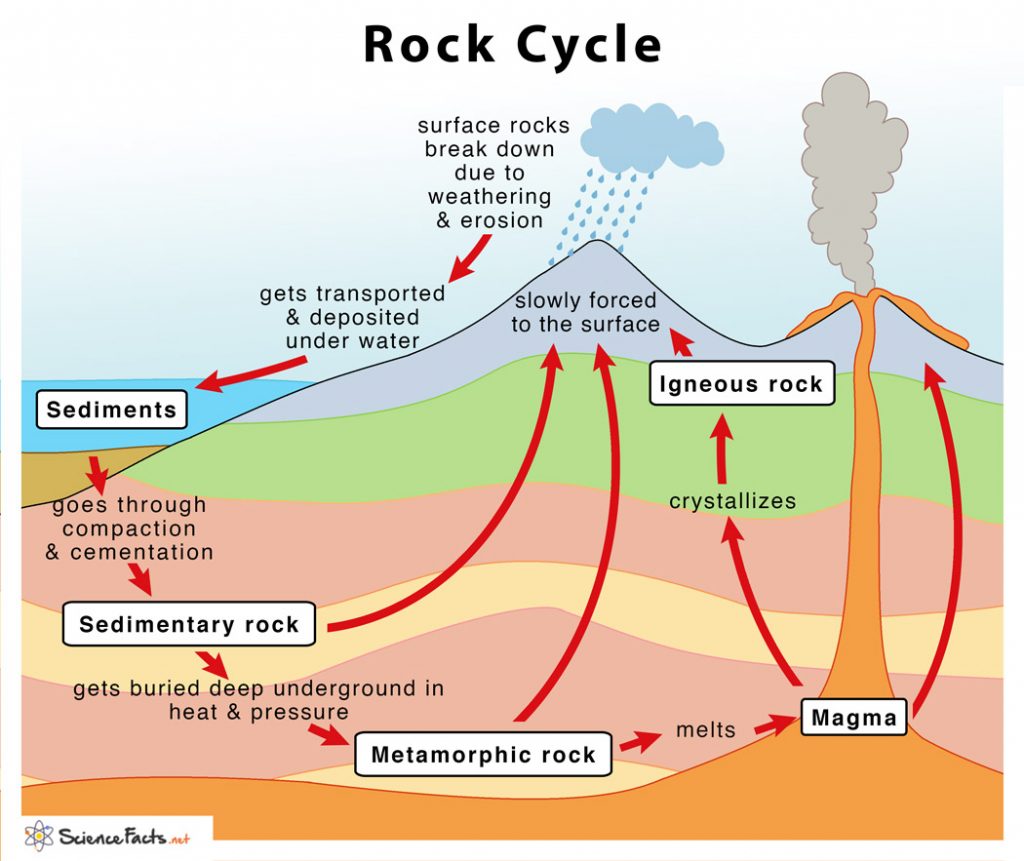
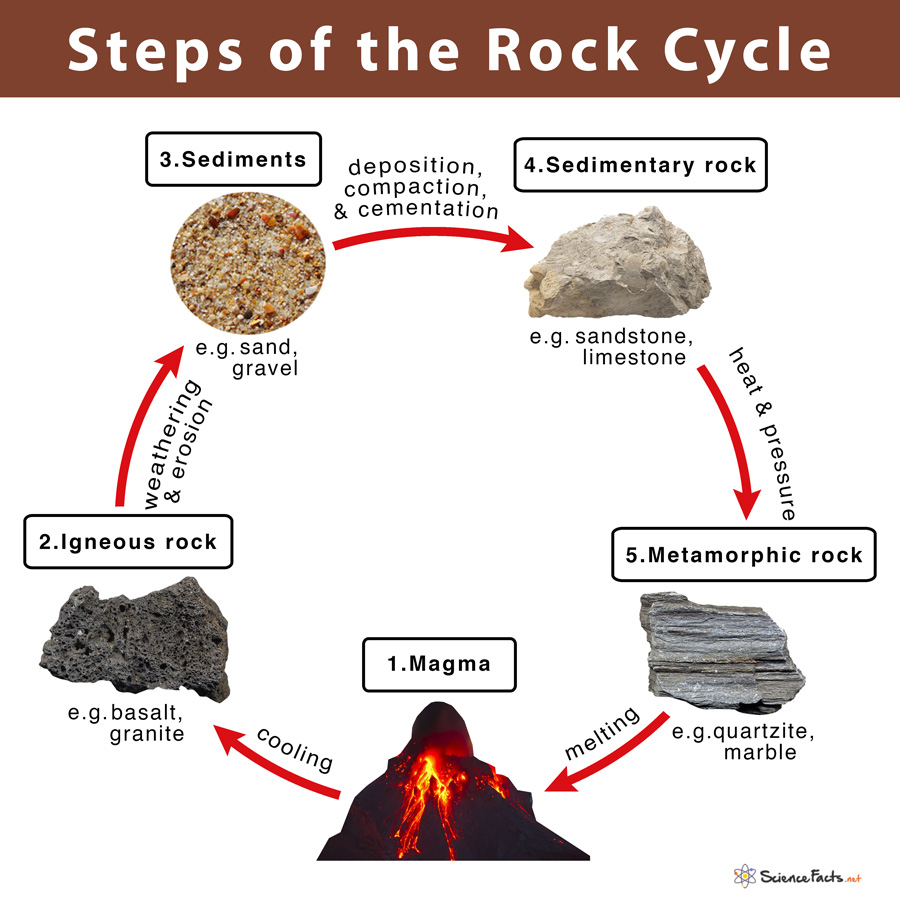
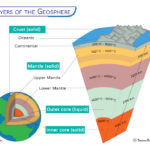
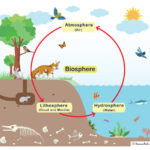
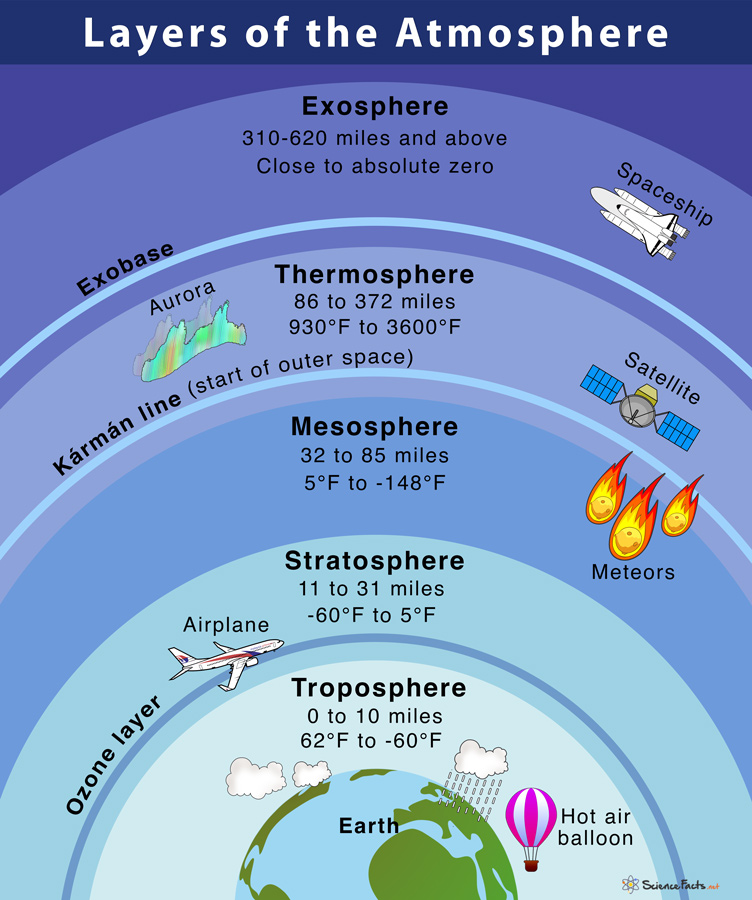
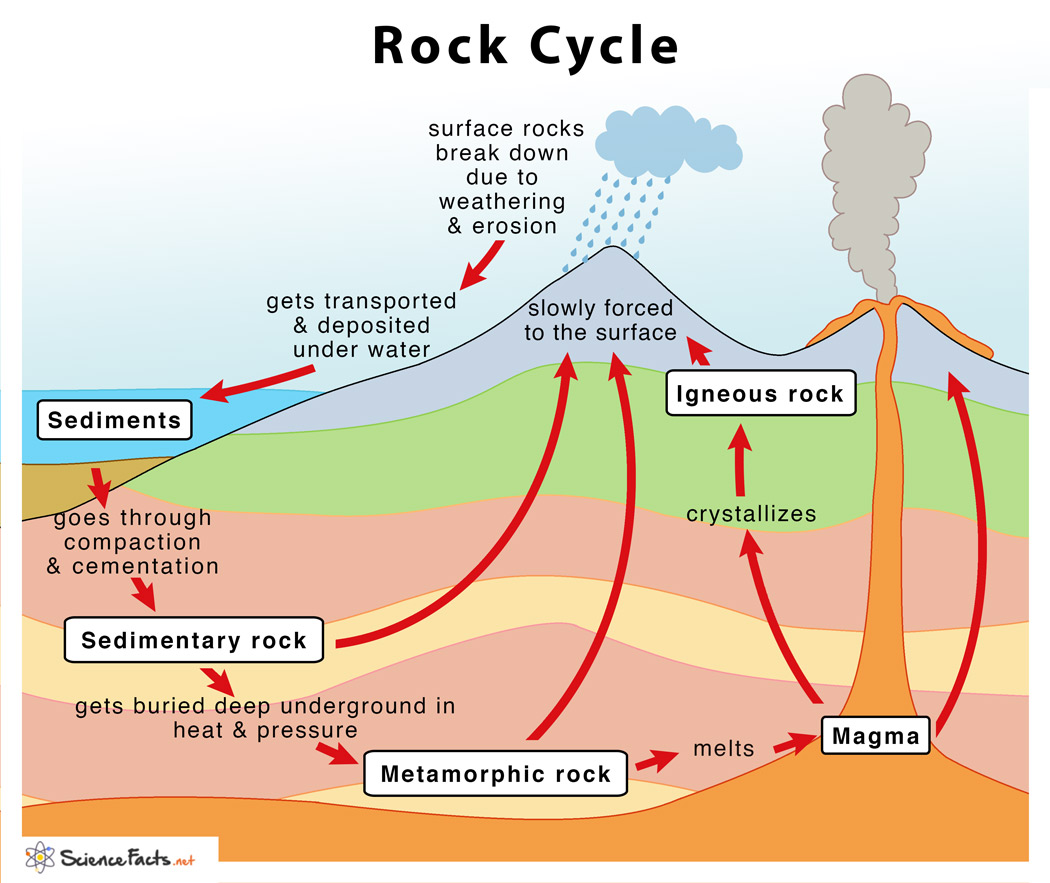
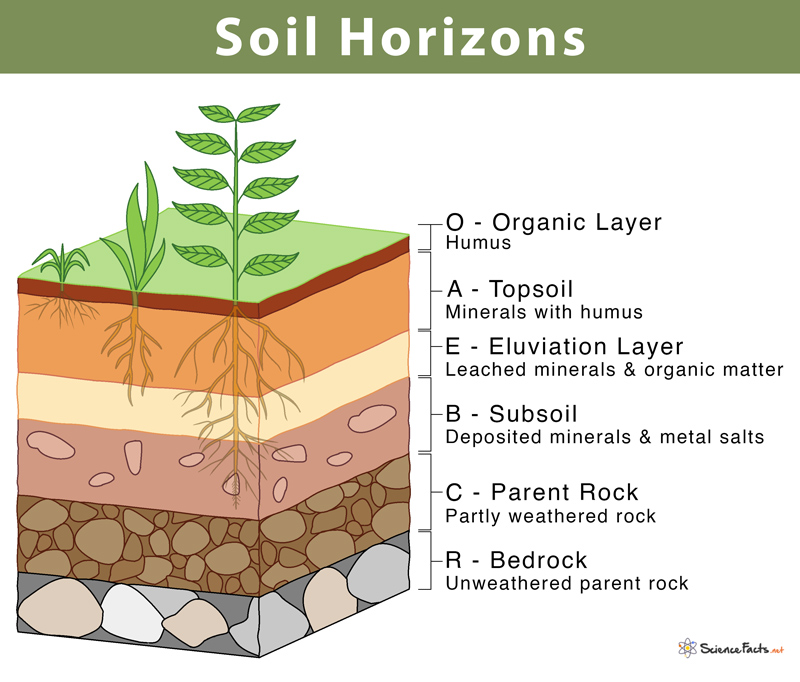
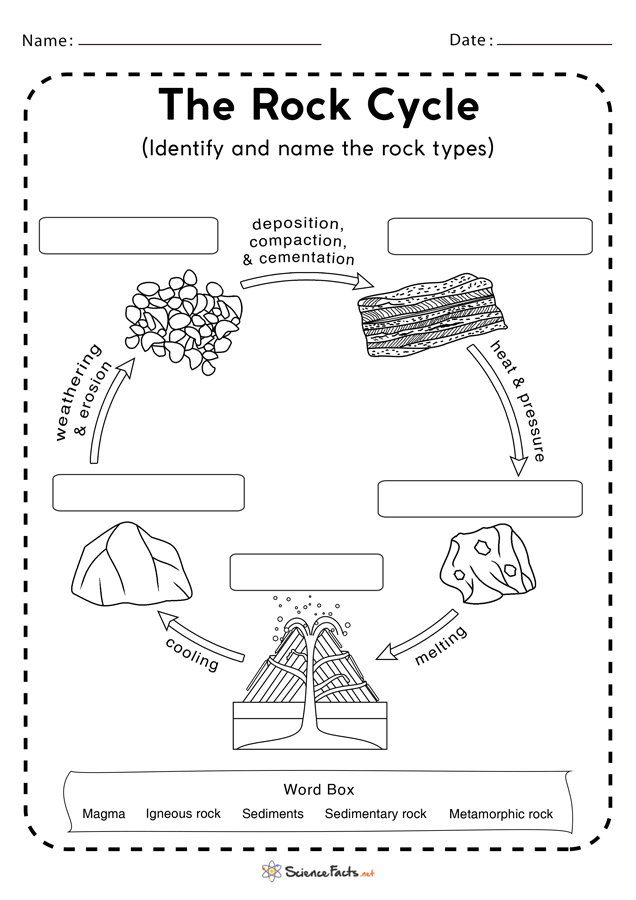
its a good website and also helped me to complete my assignment really like this website.
Thanks for the webpage. I am 8th grade Earth Science Teacher in Arizona. This is very helpful for me and for my students.
this is nice :0
Very helpful.
Good explanatory notes
this helps so much
i loved reading this
nice and understandable